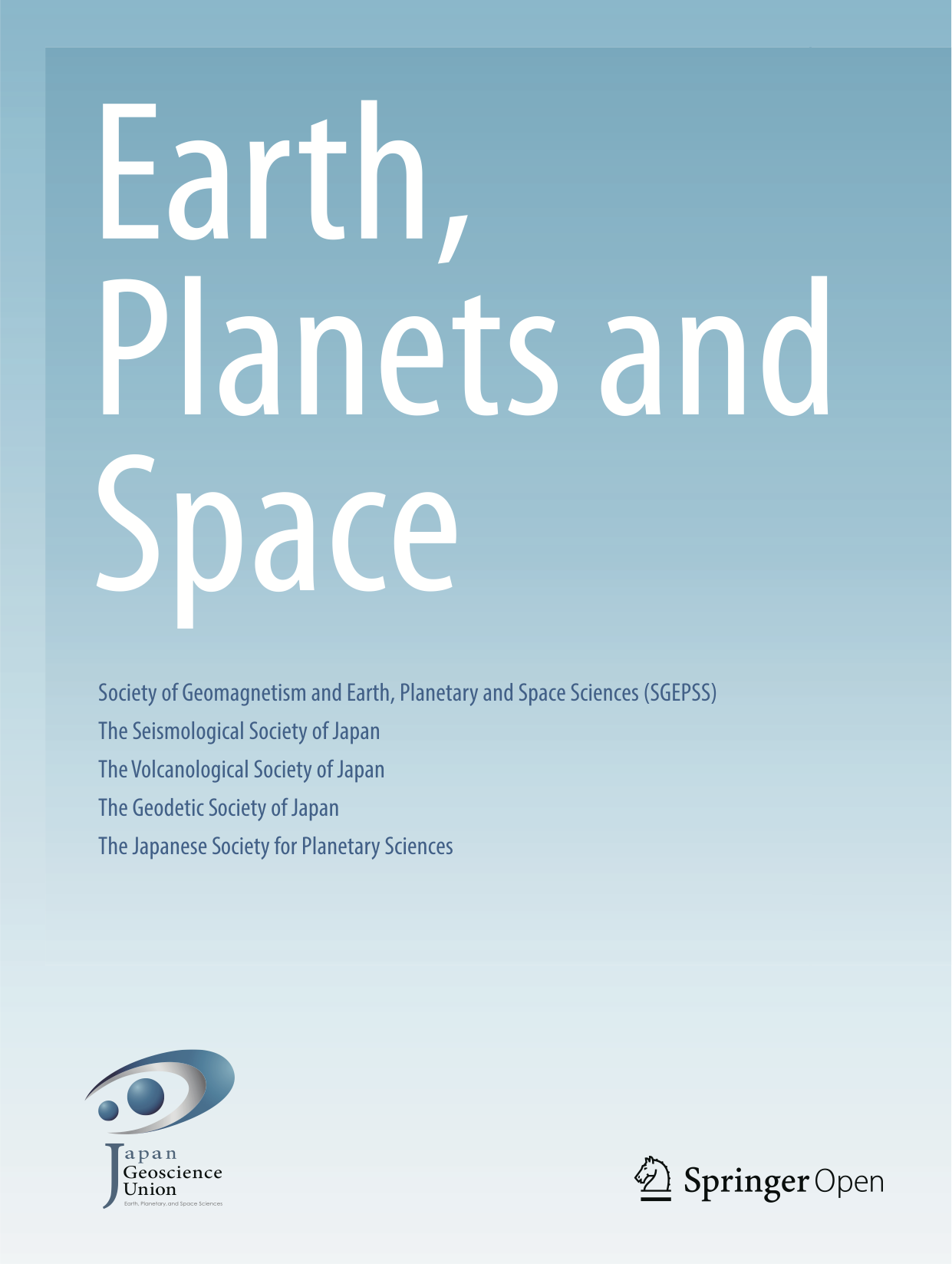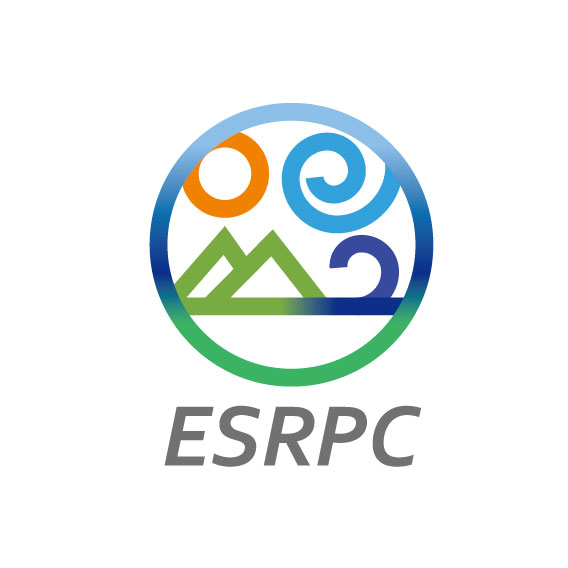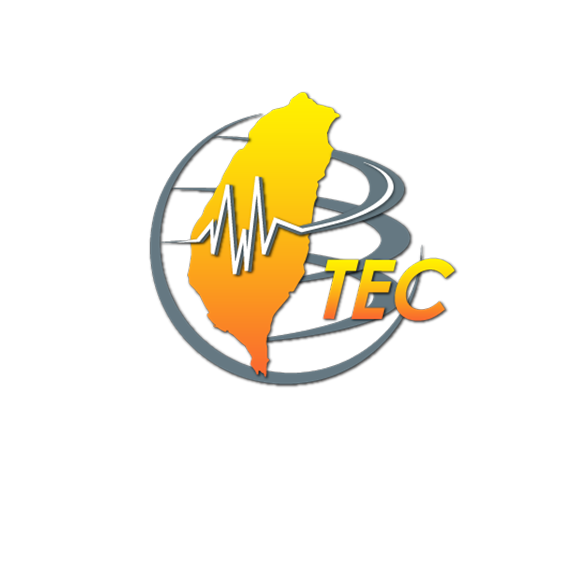View Results
View Results
Opens: 01 Sep 2017
Closes: 13 Oct 2017 (Special)
Closes: 20 Oct 2017 (Regular)
Notification - Acceptance/Rejection: 27 Oct 2017
Opens: 10 Nov 2017
Deadline: 19 Jan 2018
View Abstract Submission Instructions
Innovation Theatre
The "Innovation Theatre" is a complimentary presentation for AOGS2017 attendees to watch some of our Exhibitors and Sponsors showcase their products and services. It is the new platform for products launches and where Speakers share knowledge about crucial developments in their products.
The Innovation Theatre will be located at the Exhibition area of AOGS2017.
| Time/Date | TUE 08 AUG | WED 09 AUG | THU 10 AUG | FRI 11 AUG |
|---|---|---|---|---|
| 12.45pm – 1.15pm (Session 1) |
UGT GmbH | Earth Observatory of Singapore | Picarro Inc. | LI-COR Biosciences |
| 4pm – 4.30pm (Session 2) |
Earth Science Research Promotion Center & TAO Journal | Earth, Planets & Space | Isotopx Flexisolve | Nankai University |
Presentation Information
| Earth Observatory of Singapore 9th August 2017 (Wednesday) 12.45pm – 1.15pm |
|
 |
"Using Animation to Communicate Earth Science and Sustainability" Moving images are a powerful medium for analyzing, exploring and visually communicating complex concepts, and they are also the premiere medium for contemporary storytelling. Animation can have multiple roles in science communication today but it is particularly effective for explaining complex concepts and also for creating emotional connections with mainstream audiences. On a practical level animation can be free from the production constraints and the expense of live action filming. This presentation shows and explains a variety of animated sequences produced by the Art+Media Research Group at the Earth Observatory of Singapore. These animations have been used to communicate Earth science and sustainability in a variety of interdisciplinary projects. The projects reviewed range from scientific documentaries, to narrative shorts and interactive games. |
| Earth, Planets and Space 9th August 2017 (Wednesday) 4pm – 4.30pm |
|
 |
"Earth, Planets and Space: Open access journal for Earth and Planetary Sciences" I am the editor in chief of the journal Earth, Planets and Space (EPS) since 2013. EPS is published on behalf of the following five societies; The Society of Geomagnetism and Earth, Planetary and Space Sciences, The Seismological Society of Japan, The Volcanological Society of Japan, The Geodetic Society of Japan, The Japanese Society for Planetary Sciences. These five societies are all society members of the Japan Geoscience Union. |
| Earth Science Research Promotion Center & TAO Journal 8th August 2017 (Tuesday) 4pm – 4.30pm |
|
  |
"Innovative Earthquake Science and Technologies Developed in Taiwan" In the past decade, the Taiwan Earthquake Research Center (TEC) has promoted a series of studies on real-time seismology, earthquake early warning (EEW) and seismic hazard and risk analysis with support from the Minister of Science and Technology (MOST). In addition to the Taiwan Central Weather Bureau (CWB), who is doing a great job in monitoring regional seismicity, the earthquake science communities have been constantly developing new technologies to contribute to seismic hazard mitigation. |
| Isotopx Flexisolve 10th August 2017 (Thursday) 4pm – 4.30pm |
|
 |
"Next Generation Developments In Isotope Mass Spectrometry For The Ocean and Geoscience Communities" The scientists at Isotopx have a long history in designing advanced mass spectrometers for the ocean and geoscience communities. With a history that dates back to the early VG companies there is a direct lineage that extends from the mid 1970’s until today. In this talk we will introduce new technologies in detector design which when combined with a fresh look at high resolution mass spectrometry will expand analytical capabilities across not only traditional isotope measurements but also elemental analysis and for a wide range of matrices in ocean and geosciences. Isotopx is the leading supplier of both Thermal Ionisation Mass Spectrometers and Noble Gas Mass Spectrometers, however the introduction of these new technology will further drive the measurements to higher levels of precision and at considerably lower levels of concentration. |
| LI-COR Biosciences 11th August 2017 (Friday) 12.45pm – 1.15pm |
|
 |
"Next Generation Evapotranspiration Flux Stations: Full Automation of Data Processing and Remote Management of ET Network" Water scarcity and efficient water use are becoming increasingly important. At the same time, improvements in instrumentation have greatly improved spatial and temporal data coverage of evapotranspiration (ET) measurements on multiple scales, ranging from a single station to continental scale ET networks. With the increased number of ET stations and data from each station, modern tools are needed to effectively and efficiently handle the entire infrastructure (hardware, software and data management).
In this presentation we will review some of the innovations that have occurred in the hardware and software tools used in flux station networks that range in size from single sites to multiple flux stations. |
| Nankai University 11th August 2017 (Friday) 4pm – 4.30pm |
|
|
"Meeting with Nankai University for Your Future Career" Founded in 1919, Nankai University is one of the most renowned and prominent universities in China. During the development of more than 90 years, Nankai University has been following the motto of “Dedication to public interests, acquisition of all-round capability and aspiration for progress with each passing day”, persisting in its glorious tradition of “patriotism, dedication, innovation and love of the community” and the concept of “govern the country with arts, strengthen the country with science and enrich the country with business”. With the objective of “knowing China and serving for China”, Nankai University dedicates to cultivating talents, promoting academic prosperity, strengthening the nation’s power and inheriting civilization, and has obtained remarkable achievements. Nankai University invites applications from outstanding candidates for full-time faculty positions (at associate/full professor level) in the broad area of eco-hydrology and environmental engineering preferably including but not limited to remote Sensing and GIS watershed management, climate change, environmental modeling, ecosystem restoration, wastewater treatment technology etc. Excellent English communication skills and a commitment to teaching are necessary. Individuals with relevant working experience are especially encouraged to apply. This information meeting will give more details on qualification, the salary and benefit package etc. |
|
| Picarro Inc. 10th August 2017 (Thursday) 12.45pm – 1.15pm |
|
 |
"Picarro Product Portfolio Update: Recent developments in Cavity Ring-Down Spectroscopy" We will review recent developments in Picarro’s CRDS-based technology platform for greenhouse gas, trace gas and isotope applications across a variety of scientific disciplines. |
| UGT GmbH 8th August 2017 (Tuesday) 12.45pm – 1.15pm |
|
 |
"Lysimeters – a Modern Tool to Investigate Transport Processes in Ecosystems" Lysimeters are an important way of determining the water balance for ecosystems using water balance parameters. In addition to the quantity, it is also possible to investigate the quality of soil and seepage water. Soil monoliths of defined dimensions are taken from their natural environment and given defined boundary conditions. In combination with corresponding measurement technology, it is possible to investigate the function and mode of action of ecosystems in this way. The results can be transferred from small to large scales and are amongst other things a good method to determine the evapotranspiration of a defined area (typically 1-2 m²), of the water and solute transport in a defined volume (typically 1-5 m³) and the degradation and conversion of substances under weathering influences. Due to the possibility of long term outdoor investigations under real location conditions, statements may be made using lysimeter tests on the water balance of certain climate scenarios, for example. Other possibilities are the comparison of several similar lysimeters in areas with different weathering conditions or the comparison of different soil types or different vegetation with the same weather over a longer time. These investigations provide the foundation for many models to estimate the effect of climatic change, the spread of contamination in the soil or the success of re-conditioning measures. Typical areas of use for lysimeters are agricultural land locations, forest locations, landfills and post-mining landscapes as well as areas with existing waste deposits in need of recultivation. The combination of several lysimeters is recommended for statistically verified statements. Anthropogenic environmental changes threaten biodiversity as well as the interactions between trophic levels and consequently alter their influence on ecosystem functions. New experimental platforms, "Ecotron", were developed to investigate the mechanisms underlying the relationship between biodiversity and ecosystem functioning by manipulating biodiversity at multiple trophic levels. |


